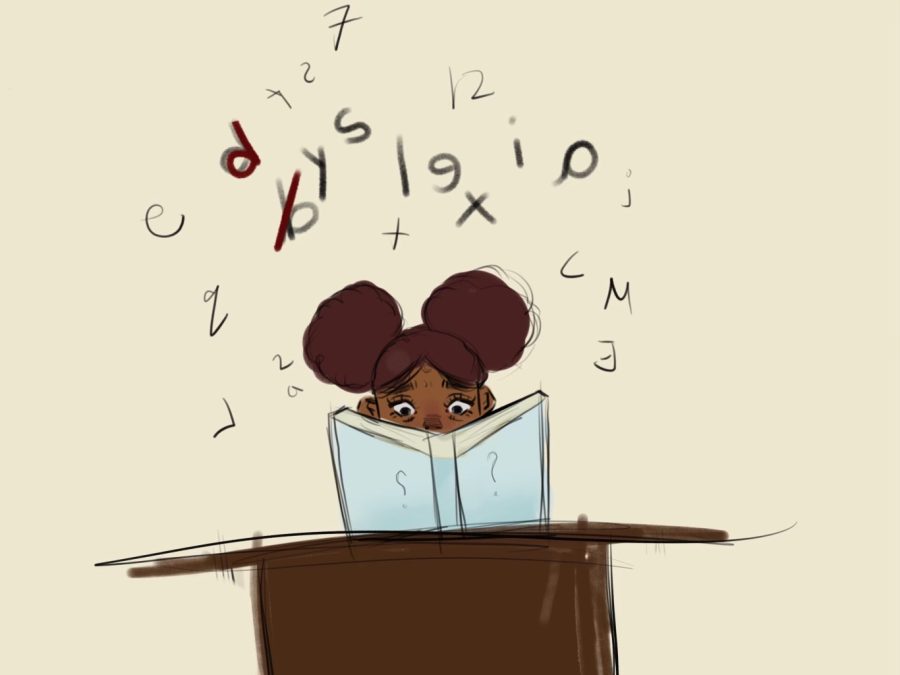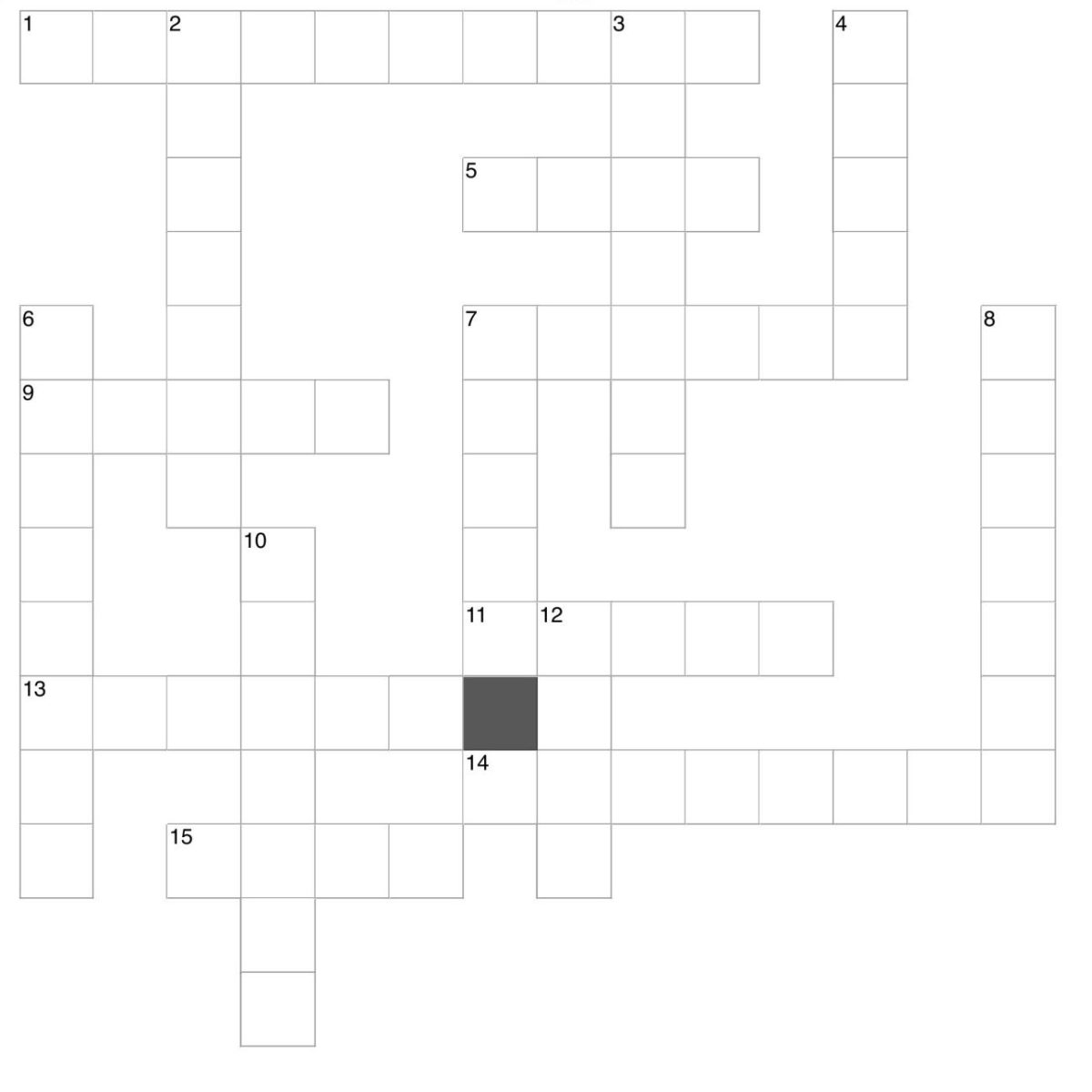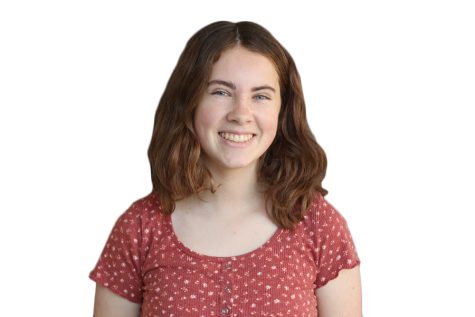Attempting to make reading and spelling challenges for students with dyslexia easier, the University of California San Francisco (UCSF)’s Dyslexia Center recently released a new screening test.
Dyslexia, a reading disability, makes it hard to recognize, decode, and spell words. Dyslexia is passed down genetically or caused by a brain injury.
“Individuals with dyslexia often have deficits in phonemic and phonological awareness, which refer to the ability to hear, identify, and manipulate the sound structure of a spoken word, including its phonemes, syllables, onsets, and rhymes,” states the Learning Disabilities Association of America. “Individuals with dyslexia may also have impaired orthographic processing, which interferes with connecting letters and letter combinations with sounds accurately and fluently.”
Called Multitudes, the UCSF test will screen children in an easily accessible way. It’s free, quick, and online. The test takes only about 20 minutes and will be available in English, Spanish, and Mandarin. UCSF’s Dyslexia Center website states that “every public school should be able to use Multitudes for free whether their classrooms work with Chromebooks, iPads, or other digital devices. Placing Multitudes on the web ensures equal access.”
Gov. Gavin Newsom proposed giving $10 million to UCSF for dyslexia research as part of his January budget.
The Multitudes test has already been piloted across California with thousands of students, according to the UCSF Dyslexia Center website.
Multitudes can help reach even more students.
“Dyslexia affects 20% of the population and represents 80–90% of all those with learning disabilities. It is the most common of all neuro-cognitive disorders,” states the Yale Center for Dyslexia & Creativity website.
Erica Gutmann, a speech-language pathologist at Charles Armstrong, supports the introduction of Multitudes.
“If we can develop a tool that can be used by any teacher and it can be given to any kid and if they can do it quickly, then it just makes it doable to actually screen everyone. And then I think also, the fact that it’s digital is novel,” Gutmann said.
Charles Armstrong, a second through eighth-grade private school in the San Francisco Bay Area, specializes in dyslexia. The school partners with UCSF to assist with research, and UCSF studies the students through brain imaging, reading assessments, and learning methods to find out what is effective through the years.
At Charles Armstrong, they strive to make learning with dyslexia easier.
“We know that when it comes to learning to read, most kids with dyslexia benefit from very explicit instruction that’s multi-sensory, so they use their hands and their eyes and they move things around. And that’s also repetitive and structured,” Gutmann said.
Once diagnosed, people with dyslexia have an easier time finding strategies that work for them.
“One of the greatest contributing factors to lower achievement scores in reading is the lack of early and accurate identification of students with dyslexia,” states the California Department of Education’s “California Dyslexia Guidelines.”
Unfortunately, many students fall behind as early as when they first learn to read and write.
“The achievement gap in reading between typical and dyslexic readers is evident as early as first grade and persists,” notes the Journal of Pediatrics.
Therefore, one of the best solutions to help dyslexic children is to diagnose them early. Karen Breslow, who has dyslexia herself, is a program coordinator for San Mateo County Special Education Local Plan Area (SELPA). She recognizes the importance of testing, but the decision isn’t up to her.
“SELPA’s role is advisory, not supervisory, so while our office makes recommendations, it does not enforce them. Our districts decide if and what screening tools they will use. Currently, with SELPA’s help in providing training, our districts are following the California Dyslexia Guidelines,” Breslow said.
The California Department of Education recommends that dyslexia “screenings should be conducted by spring during kindergarten and continue each year as a student progresses through school.”
Caleigh Weinshel, who graduated from Charles Armstrong last year, is glad to hear about the Multitudes test. Her public school did not test her when she was young.
“Often, I had to stay in during my lunch or recess, because I couldn’t figure out (how to spell a word). If they did dyslexia testing, then I wouldn’t have had to stay in for lunch and recess,” Weinshel said.
Weinshel shared her final thoughts about the public perception of dyslexic people.
“I wish people knew that we, dyslexic people, know how to read and write,” Weinshel said. “Not everyone with dyslexia is reading at a low level, although a lot of people are, that doesn’t mean we’re any less smart. And some of us are also at a higher reading level. We just need the support.”


































